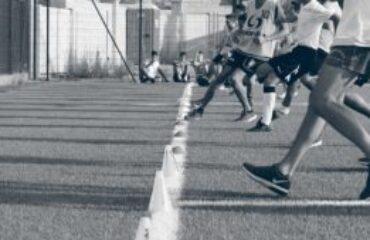For an athlete to return to play (RTP) after ACL reconstruction (ACLR), multiple factors that should be assessed.
Physical tests allow to evaluate movement strategies in the main mechanisms which may predispose to injury. Almost 90% of players RTP in 10 months after ACLR, although some of them may not be physically ready to return. In order to safely RTP, the base of training and evaluation should focus on strength, explosiveness and reactive strength, and also in monitoring running, acceleration, jump/landing, and change of direction (COD) biomechanics, as the latter two has shown to be the main mechanisms of ACL injury in team sports.
3D assessments provide reliability and objectivity in the process of identifying risk factors and individual limitations. A test protocol including jump-landing and cutting, as well as isokinetic strength evaluations, allow to better understand when the athlete has return to normal performance and provide information more sensitive to athlete weaknesses than other traditional tests used (asymmetry in single-leg hop tests). Of the protocol mentioned, biomechanics of trunk, hip, knee and ankle during jump-landing and cutting tests (e.g. knee flexion in drop jumps, trunk side flexion in COD), although not able to predict it, can differentiate between athletes who experience an ACL reinjury better than strength and performance variables do, so they might be pillars of the RTP monitoring process.
To summarise, to minimize the risk of ACL (re)injury, along with other factors that determine the RTP process, such as psychological, social, graft remodelling, and sports specific skill and conditioning, physical tests provide useful information to understand the state of the athlete and should be used together with not only the strength explosiveness and reactive strength tests but also the biomechanics of jump-landing and cutting tasks (whose deficiencies have shown to persist at more than nine months post ACLR).
Key words: ACL injury, team sports, biomechanics, change of direction, jump-landing.





